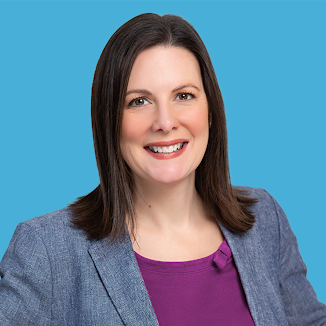
Creative Brief: A Cornerstone in the Design process
As Akendi works with a wide variety of industries, I’ve been lucky to work with a variety of client types: Developers, CEOs, Marketing & Communications Managers, Product Engineers, Analysts, and more. However, my process never varies. Like any good process, it works no matter the parties involved.
As Design Director, my role is to help the client get from an idea to a tangible end product. I help interpret their aesthetic preferences into design decisions. It’s more than discussing likes and dislikes, it’s about becoming an advocate for each and every client. Connecting to what breathes life into the idea and ensuring that connection comes out in the design is my mission.
I strive to create custom solutions that meet the exact needs of my clients. We don’t offer prepackaged, template solutions; instead we use effective processes that guide us to the sweet spot that effectively meets the needs of the stakeholders, brand, customers and users. Engaging these audiences on an emotional level is what we strive for.
Over the years I have sculpted my process to protect me against weakness (my own and my client’s) and avoid bias. Part of this process is learning how to engage with the client, where the feedback loops are, how to communicate developments, and when to explain design impact.
With every client I conduct a Creative Workshop to help stakeholders articulate their aesthetic vision, which is then captured in a Creative Brief. A Creative Brief is a guiding document that defines the communication strategy, messaging, goals and visual direction of the project. This type of information is often extremely difficult to articulate.
How I Prepare a Creative Brief
Define Requirements
Kick off the project with all relevant parties to make sure that everyone is on the same page and understands the project objectives
Get Decision Makers in the Room ÂÂ
Ensure stakeholders that have the power to derail the design process down the road are at the table
Ask the right questions
Ask varied questions to come at it from different angles and to increase the likelihood of understanding
Personify the product
Questions like “If your product walked into a bar, what would it look like? How would it carry itself? What would it say?†help to draw out the personality of the brand and the product
Understand limitations
Capture likes, dislikes, mandatories and competitors
Create the brief
Work with the client to capture discoveries and define the final direction
The Creative Brief is a critical part of my process. It is the foundation of any design project we do and works simultaneously as a reference manual and inspiration guide. A well thought-out creative brief defines and quantifies our efforts and provides an agreed-upon set of expectations.
It helps create a design that supports the visceral, behavioural and reflective needs of the user as well as the needs of the business. All of which are critical for success.
Comments
Related Articles



